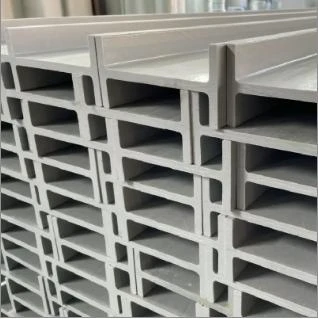loading...
- No. 9, Xingyuan South Street, Dongwaihuan Road, Zaoqiang County, Hengshui, Hebei, China
- admin@zjcomposites.com
- +86 15097380338
- Welcome to visit our website!
Effective Safety Solutions for Machine Guarding in Industrial Environments
Machine Guarding Systems Ensuring Safety in the Workplace
In the realm of industrial operations, machine safeguarding systems have become an essential component for maintaining workplace safety. With the growing complexity of machinery and the increasing prevalence of automated systems, the need for effective guarding measures has never been greater. These systems serve a dual purpose protecting workers from potential hazards while ensuring that equipment operates efficiently.
The Importance of Machine Guarding
Machine guarding systems are designed to prevent accidental contact with moving parts of machinery. They are critical for minimizing the risk of injuries such as cuts, amputations, and more severe traumas that can occur during machine operation. The Occupational Safety and Health Administration (OSHA) emphasizes that employers must effectively mitigate hazards associated with machinery to uphold a safe working environment. This involves not only implementing physical guarding solutions but also developing comprehensive safety protocols and training programs.
Types of Machine Guards
There are several types of machine guards that can be employed, each serving a specific function based on the machinery's design and the nature of the work being conducted. The main types of machine guards include
1. Fixed Guards These are permanent barriers that prevent access to dangerous parts of machines. Fixed guards are one of the most effective types because they don’t require any movement and provide continuous protection.
2. Interlocked Guards These guards automatically shut down or disengage the machine when the guard is opened or removed, ensuring that the operator cannot access hazardous areas while the machine is running.
3. Adjustable Guards Designed for machines that require varying level of access, adjustable guards can be modified depending on the task being performed. They must be carefully managed to avoid exposing employees to hazards.
4. Self-Adjusting Guards These guards are designed to adjust automatically based on the position of the operator, providing a level of flexibility while still ensuring safety.
In addition to these physical barriers, other measures such as sensors and light curtains can also serve as effective guarding systems
. These technologies detect the presence of body parts within a hazardous zone and can stop the machinery before any contact occurs.machine guarding systems

Compliance and Standards
Compliance with safety regulations and standards is paramount when implementing machine guarding systems. Organizations like OSHA provide guidelines that detail the minimum requirements for machine safeguarding. Regular inspections and maintenance are essential to ensure that guards function properly and continue to meet safety standards. This also includes employee training on the importance of machine guards and how to use machines safely.
Best Practices for Implementation
To effectively integrate machine guarding systems into an industrial setting, organizations should follow these best practices
1. Conduct Risk Assessments Identifying potential hazards is the first step in creating a safe work environment. Risk assessments should be conducted regularly to adapt to any changes in machinery or processes.
2. Involve Employees Engage workers in discussions about machine guarding. Employees who directly interact with machinery often have valuable insights into potential risks and effective safeguarding solutions.
3. Regular Training Continuous training programs should be established to keep employees informed about the latest safety practices and the correct use of machine guards.
4. Maintenance Protocols Establish a routine maintenance schedule to inspect and repair guards as needed. A well-maintained guarding system significantly reduces the likelihood of workplace injuries.
Conclusion
Machine guarding systems play a vital role in safeguarding workers from the inherent risks associated with operating machinery. By employing various types of guards, adhering to safety standards, and following best practices, organizations can create a safer workplace environment. Ultimately, investing in proper machine guarding not only protects employees but also contributes to a more efficient and productive workplace. As industries evolve with technological advancements, the commitment to safety must remain steadfast, ensuring that all workers return home safely at the end of each day.
-
The Rise of FRP Profiles: Strong, Lightweight, and Built to LastNewsJul.14,2025
-
SMC Panel Tanks: A Modern Water Storage Solution for All EnvironmentsNewsJul.14,2025
-
GRP Grating: A Modern Solution for Safe and Durable Access SystemsNewsJul.14,2025
-
Galvanized Steel Water Tanks: Durable, Reliable, and Ready for UseNewsJul.14,2025
-
FRP Mini Mesh Grating: The Safer, Smarter Flooring SolutionNewsJul.14,2025
-
Exploring FRP Vessels: Durable Solutions for Modern Fluid HandlingNewsJul.14,2025
-
GRP Structures: The Future of Lightweight, High-Performance EngineeringNewsJun.20,2025
